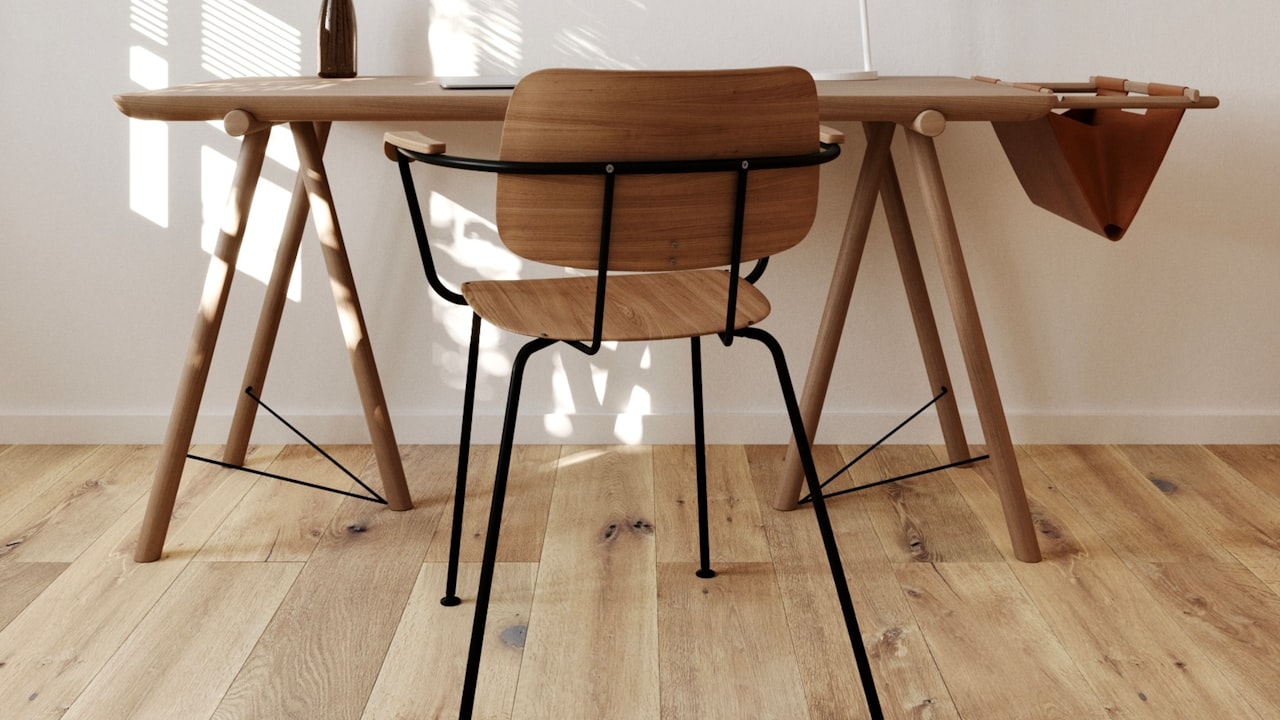As educators and administrators, it is our responsibility to see to it that our classrooms are furnished with furniture of the highest calibre in order to foster a positive learning environment. To guarantee that they last for a long time, however, it is equally crucial to preserve these furnishings. The learning outcomes and overall classroom experience for children can both be improved by a well-designed and managed K12 School Classroom. This article will offer helpful pointers and recommendations for caring for classroom furniture to ensure its long-term durability.
Cleaning and Sanitizing Techniques
One of the essential maintenance practices for classroom furniture is regular cleaning and sanitizing. Here are some tips to help you keep your classroom furniture looking and smelling clean:
Use appropriate cleaning supplies:
Different types of furniture require different cleaning products. For example, wood furniture requires gentle cleaners that won't damage the finish, while plastic furniture may require a stronger cleaner to remove stains. Always read the manufacturer's instructions before using any cleaning product on your classroom furniture.
Wipe down surfaces regularly:
Wipe down surfaces, such as desks, tables, and chairs, with a damp cloth or a microfiber cloth to remove dust, dirt, and grime. Avoid using abrasive materials, such as steel wool or scouring pads, as they may scratch the surface.
Use disinfectant cleaners:
Use a disinfectant cleaner to sanitize high-touch areas, such as door handles, light switches, and desk surfaces. Make sure to follow the instructions on the label and allow the disinfectant to sit for the recommended amount of time before wiping it off.
Vacuum upholstery regularly:
If your classroom furniture has upholstery, such as chairs or couches, vacuum them regularly to remove dirt and dust. This will help prevent the buildup of dirt and grime, which can lead to stains and odors.
Storage Tips
Proper storage of classroom furniture when not in use can help extend its lifespan. Here are some tips for storing classroom furniture:
Keep furniture dry:
Moisture can damage furniture, especially if it's made of wood. Make sure to store your furniture in a dry location, away from windows or other sources of moisture.
Store furniture in a climate-controlled environment:
Extreme temperatures can cause damage to furniture, so it's essential to store it in a climate-controlled environment. If your storage area is not climate-controlled, consider investing in dehumidifiers or heaters to maintain a stable temperature.
Stack chairs and tables properly:
If you need to stack chairs and tables, make sure to do it properly to prevent damage. Stack chairs with the legs facing upward and tables with the legs facing downward to prevent scratches and dents.
Use furniture covers:
Furniture covers can help protect your furniture from dust and dirt during storage. Make sure to use covers that are appropriate for the type of furniture you're storing.
Ways to Prevent Damage from Student Wear and Tear
As much as we would like to prevent it, student wear and tear is inevitable in a classroom setting. Here are some tips for preventing damage to classroom furniture:
Teach proper use:
Teach your students how to use classroom furniture properly. This includes showing them how to sit on chairs and how to lift and move tables and chairs without dragging them across the floor.
Enforce rules:
Enforce rules that prohibit students from standing on chairs, jumping on furniture, or writing on desks. These behaviors can cause significant damage to your classroom furniture.
Use protective pads:
Use protective pads on the bottom of chair legs and table legs to prevent scratches and dents on the floor.
Repair damage immediately:
If you notice any damage to your classroom furniture, such as a loose leg or a broken hinge, repair it immediately to prevent further damage.
Conclusion
Maintaining classroom furniture is essential to ensure long-lasting durability and to create a safe and comfortable learning environment for students. By following these practical maintenance tips, you can extend the life of your classroom furniture, saving you money and ensuring that your students have a comfortable and safe place to learn. Remember to clean and sanitize regularly, store furniture properly, and take steps to prevent damage from student wear and tear. With a little bit of effort, your classroom furniture can look and perform like new for many years to come.


